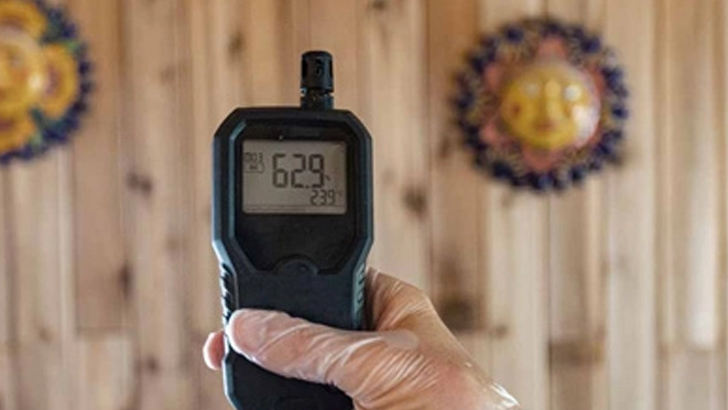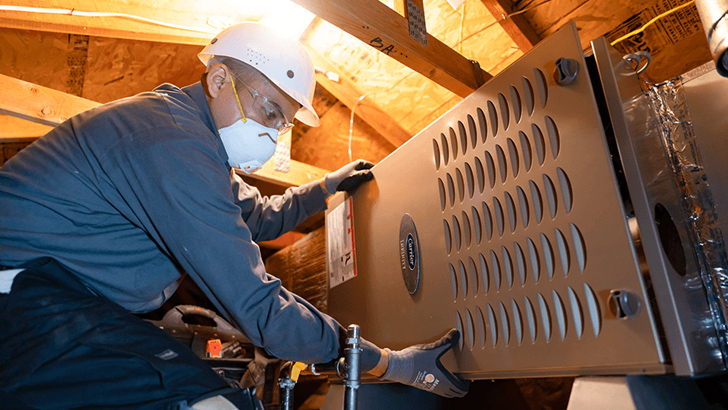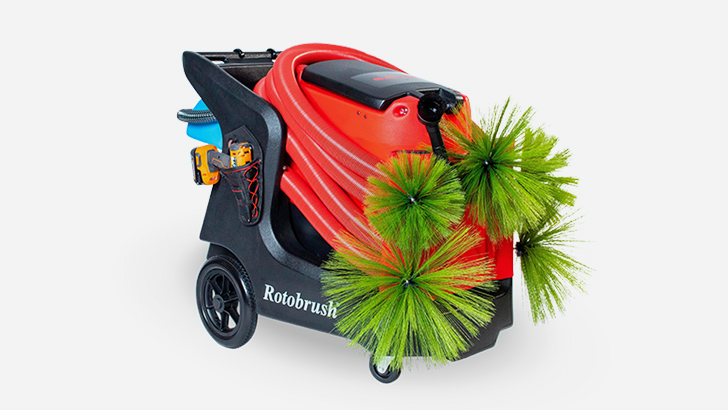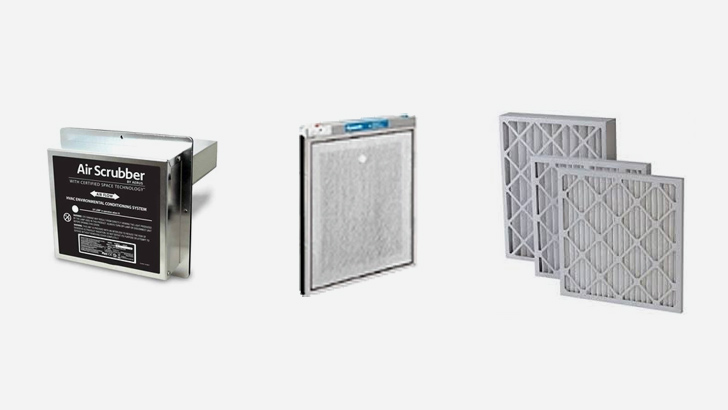In short, the EPA measures air quality in three main parts:
1. Control of airborne pollutants
These are carbon dioxide, smoke, dust, and gases from household cleaners, air fresheners, pesticides and more. Biological contaminants like mold, bacteria and pollen are included too. Even your furry little friend’s pet dander makes the list!
2. Introduction and distribution of adequate outdoor air
This means you have enough fresh outside air mixing with your indoor air, and enough indoor air moving outside. HVAC systems and natural ventilation make this happen.
3. Maintenance of acceptable temperature and relative humidity
Not just relative to comfort, these two elements affect air quality too. When they get too high, it’s becomes much easier for mold to grow and for chemicals or gases to release at a faster rate.









